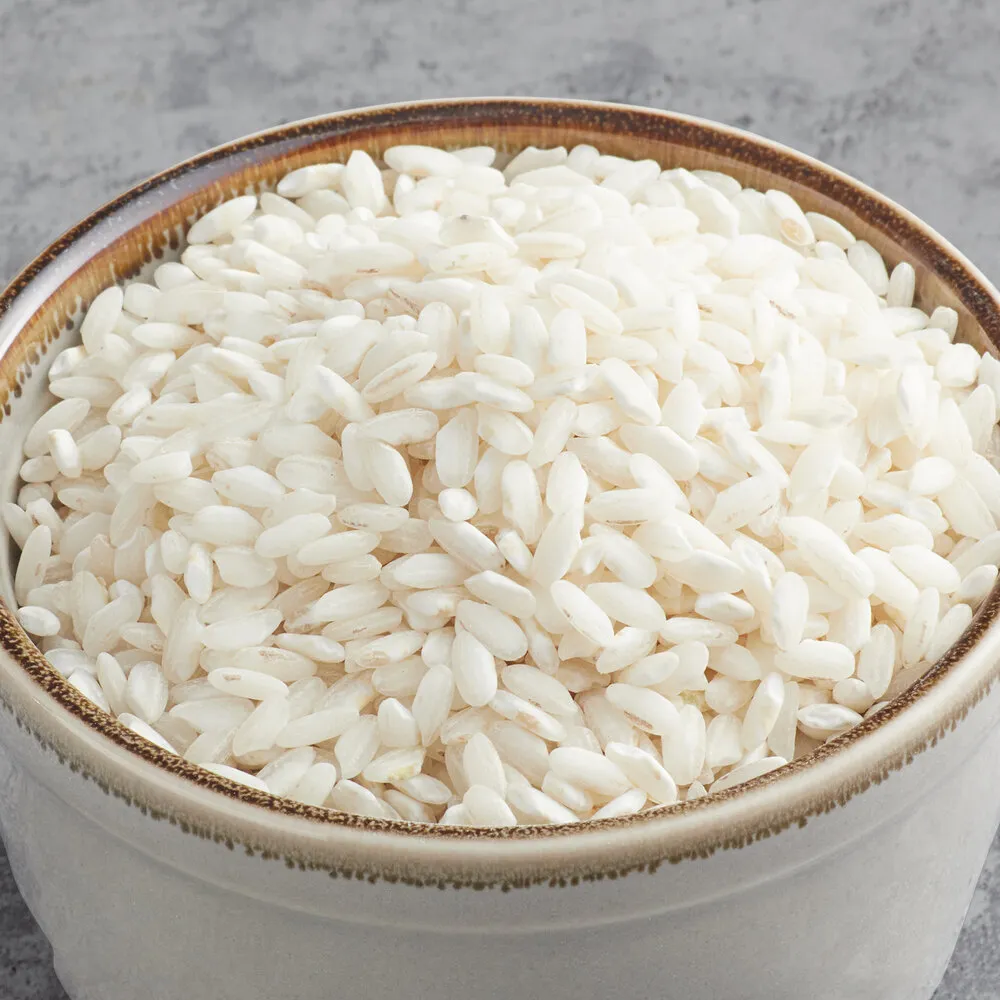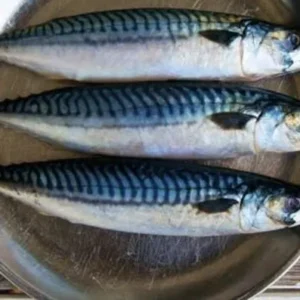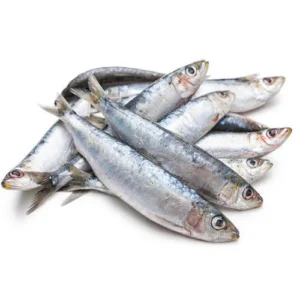But while risotto may be the most obvious application that comes to mind, its not the only thing that this rice is good for. Use it to make Spanish paella, fish or crab cakes, or croquettes. You can also try grinding it down and seasoning it to make a dredge for pan seared fish, or stewing it with lobster shells and veggies: the high starch content will result in a bisque like consistency after straining out the grains.
The starch, amylopectin, is the key to the rice’s sticky texture and carnaroli rice has one of the highest contents of this starch. It’s firmer texture helps maintain its shape better and produces a velvety, rich experience. Another perk: carnaroli rice is not as temperamental as other rice, making it hard to overcook.
For risotto fans everywhere, carnaroli rice is definitely a secret weapon worth exploring. While most Americans are familiar with arborio rice when making the iconic Italian dish Risotto, carnaroli rice is a fantastic alternative. It is often referred to as ‘superfino’ rice – the king of Italian rice.
Remarkably, carnaroli rice has only been around since the mid-20th century. Originally cultivated in small towns in northern Italy, carnaroli rice is a short-grained rice, often viewed as superior to its counterparts – arborio, baldo, calriso and vialone nano.
Firmer than arborio, which is the most consumed short-grained risotto rice in the U.S., carnaroli rice is also thicker and longer. It offers a higher starch content that absorbs more liquid and enlarges the rice to three-times its original size, hence, creating the creamiest risotto out there.






Reviews
There are no reviews yet.